Loose parts in engine bay caused the vehicle to stall
This is how a simple situation was causing a car to completely stall at intermittent times with no apparent cause. This could happen to any car, though actual technology has already corrected this bug in engine computers. This is just an example of how unsuspected simple things can bother a well-thought system, or, “apparently” well-thought.
For some time, we were wondering about the cause of an intermittent power loss on the car of one of our customers that seemed to have no cure. All the engine parts and electronics we checked tested and most had been replaced by brand new parts.
After doing tests, the problem was tracked down to the ignition system. The scanner reading showed a sudden drop in ignition timing advance to a lower than usual level (BTDC angle) when the problem started showing.
Of course, it was logical to first check the spark plugs, ignition wiring, and all other ignition-related parts, but all parts tested good and as mentioned, most were replaced to clear the doubt. We took out the engine control module (ECM) for inspection, as we were almost sure that the problem was there. To our surprise, the ECM was good too. It was tested in a similar car and did not fail at all. Running out of ideas for the possible cause of the problem, we observed one more time the facts and started looking in our diagrams in search of electrical components that could be associated with the sudden drop in ignition timing under “normal” circumstances. I mention normal circumstances because until then, we couldn’t find any damaged or faulty parts.
After consulting the diagrams and checking the operation theory included in our diagrams system, we realize that the only part that could suddenly lower ignition advance in the model was the knock sensor. When the knock sensor detects a knock or detonation, also known as an “engine ping”, the ECM lowers ignition timing in an attempt to get rid of the knocking, which may happen if the ignition timing is too advanced. Knocking or detonation is normally a result of a too lean air/gas mixture, where the air vs. fuel in the combustion chamber at the moment of igniting the mixture, is higher than 14.7. Too high compression or heat can also produce detonations and so happens when there is too much ignition timing advance. That is why the software in the ECM was programmed to lower ignition timing when knocking was detected.
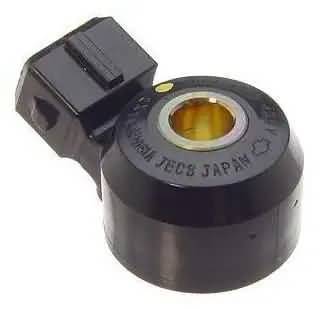
So, we replaced the knock sensor convinced that we finally hit the problem. We were shocked to see that the problem came back after a few minutes of driving the car. The worst thing about such a problem was that it was intermittent and we were not able to duplicate it all the time, making it more difficult to troubleshoot.
Then, it occurred to us that the ECM is working fine and the sensor is brand new, so maybe the sensor is doing its job. Maybe the engine was producing knocking and we were somehow unable to hear it or notice it. So the next step was to keep the knock sensor connected, but withdrawn from its place. Effectively, the problem went away, so the conclusion was that knocking was happening and it was unnoticeable.
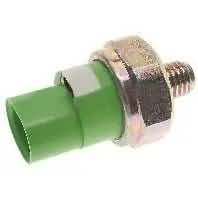
Knock Sensor
The problem was that knocking is not a quiet noise. It is easily spotted when it occurs and engine compression, ignition timing, and AFR were in the correct values. How is the engine producing knocking and still working so smoothly? The scanner plotted charts were perfect…
We thought that knock sensors detect knocking only by sound. It is a piezoelectric part that acts as a microphone and then a circuit filters the sound it picks up, ruling out everything that is not knocking. We immediately thought that there must be a “false” alarm firing up the knock sensor and rapidly we remembered that there is a loose metallic part near the exhaust manifold that sometimes produced a high pitch noise when vibrating. We fixed the part and it was secured in place and that did the trick!
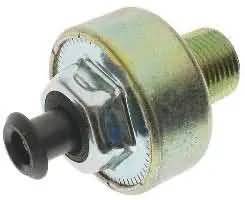
Apparently, the metallic part was creating knocking-like noise with the vibration of the engine, and the sound “confused” the ECM into “thinking” that knocking was happening.
Even when the advanced filtering system was built into the ECM, the vibrations of this metallic shield were either, not filtered out because of a glitch in the filter circuit design, or the generated noise was simply too similar to the engine knock, fooling the ECM.
Engine knock is very specific in every car or application and it will not “sound” equal in all models. For our ears, all engine knocking will sound the same, but for a sensitive, high-speed computerized circuit, it will have a different sound in different models. Though many ECMs are compatible with similar car models, each ECM of each model has different programming and different filtering systems. Swapping ECMs may work for many, but may fail for some others.
Something that looked inoffensive, was causing huge trouble for that car and took a lot of time and effort from us. The learning was worth it though.

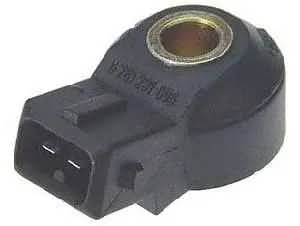
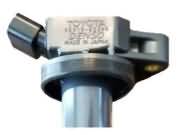


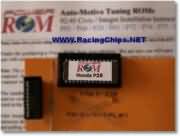
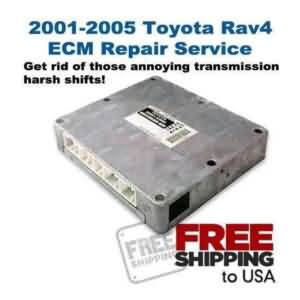
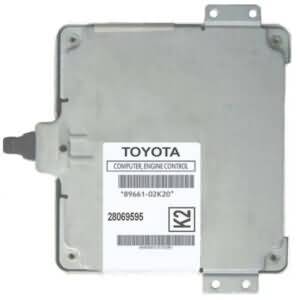
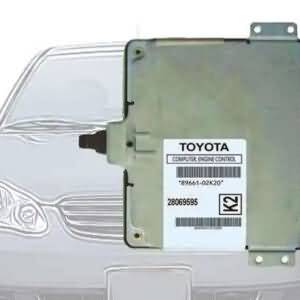

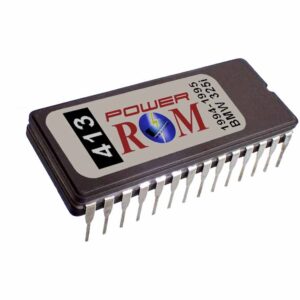
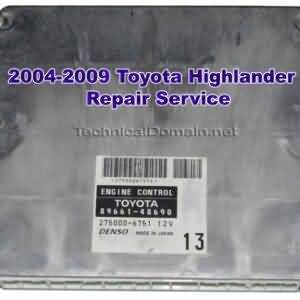
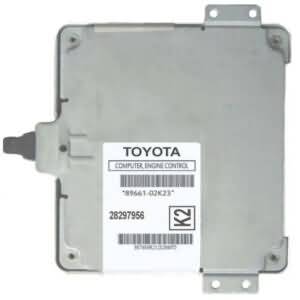

Proper, regular maintenance and routine oil changes can eliminate the problems outlined above and help you avoid further damage to primary engine components, essentially preventing damage and leaks before they happen. A good approach is to use a regular maintenance checklist to stay on top of this. Even a vehicle storage checklist can help you focus on critical areas for maintaining your car.